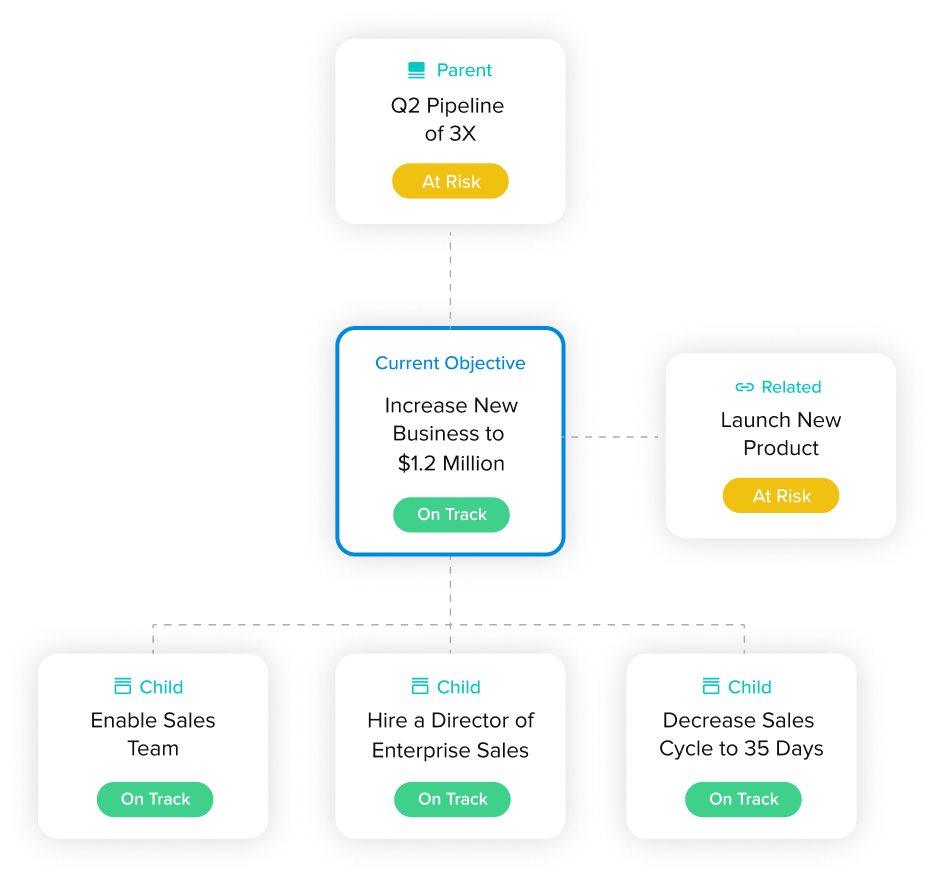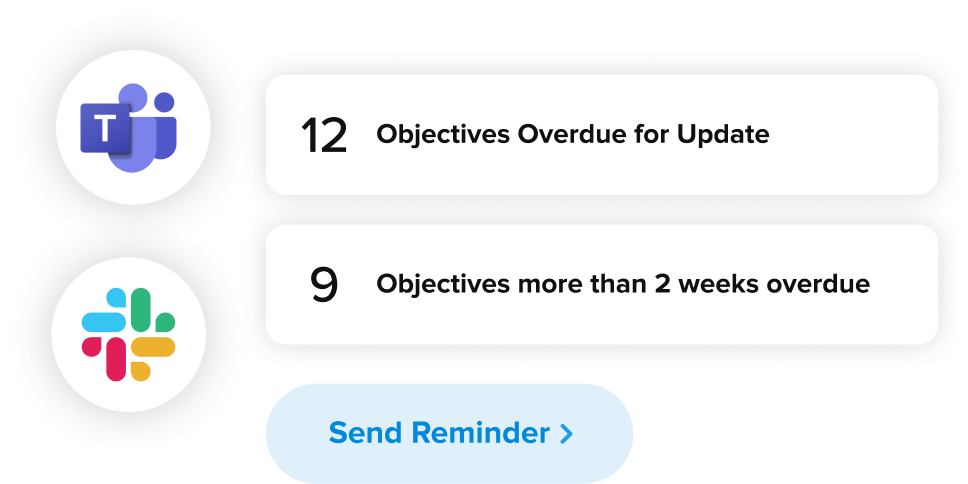Many business owners probably learned about key performance indicators (KPIs) and business metrics during school, and probably even use these items on a daily basis to do their jobs. The goal of both KPIs and metrics is to help people take accountability for their performance, which is especially important today given how quickly business and the economy move. Today, this means not only understanding the numbers but also understanding how decisions impact them. Therefore, it is important to know the difference between KPI and metrics. It is true that these terms, and the numbers that result from them, do have a tremendous degree of overlap; however, they are not identical.
While KPIs and metrics are similar, each term still needs to be treated differently. While many people use them interchangeably, the decision regarding which term to use can have a significant impact on what a business does moving forward.
In short, KPIs are the measurable values that show just how effective someone (an employee, a contractor, a vendor, etc.) or something (a tool, a platform, a campaign, etc.) is at meeting key business objectives. Metrics, on the other hand, are used to track specific business processes. In this manner, the function of KPIs is to track whether certain targets are being hit. By contrast, metrics track business processes.
Given this difference, an effective KPI should help a business by providing a compass that will help teams understand whether or not they are taking the proper path toward meeting strategic goals. Because of this, KPIs need to have targets, timeframes, and other information that helps businesses measure and assess whether they are meeting specific outcomes. Metrics, meanwhile, may have all or none of the above criteria. Therefore, some people will view KPIs as a type of metric while others see the two things as totally different.
Regardless, it is important to understand that, at the very least, metrics and KPIs are not completely identical, either in their focus or their objectives. Understanding this will help companies to make the right decisions moving forward.
How To Measure KPI
For those who are wondering how to measure KPIs, it is important to note that KPIs will also vary from department to department. For those perhaps wondering, “what is KPI,” these measures are used to help companies figure out whether or not they are meeting specific objectives. In order to truly understand the types of key performance indicators, it can be helpful to look at smart KPI examples.
For example, the marketing department might track organic search leads, as an important component of an inbound marketing strategy. This KPI is important because it is tied directly to the specific business outcome of increased revenue. This serves to contrast with a KPI focused on SEO keyword ranking stats. While these are still important, measurable, and indicating momentum, they are not as closely tied to business revenue as organic search leads are.
Therefore, it is important for everyone to understand that KPIs will vary from department to department, so that success in one place might look very different from success in another. As seen above, the sales department might have a completely different set of KPIs compared to the ones that the marketing team tracks.
It is also important to cover the difference between KPI and objectives. A KPI is a marker of whether objectives are being met, and therefore, KPIs are usually one step before the actual objective. In the example above, if organic search leads are the KPI, then the objective is increased revenue. Keeping in mind the differences between these terms is critical so that people can keep up with what is being discussed.
Business Metrics Examples
In the end, every KPI is a metric; however, not every metric is a KPI. Therefore, it can be helpful to look at a few business metrics examples in order to understand the difference.
For example, cost metrics are among some of the most important metrics that businesses use. These can be used to track everything from expenditures to overhead expenses. Sometimes, cost metrics might be as basic as understanding how utility bills are fluctuating or how real estate expenses are changing over time. Other cost metrics, though, might be tied to business processes. These could include the cost associated with upgrading tools or technologies, or the cost of paying new hires and promoting others.
The examples above are not the only ones, of course; there are also many other business metrics that could play a role in measuring the business’s success. This could include comparison metrics, for instance, which will let the business know how they are doing compared to the competition, whether by comparing search rankings or annual revenue growth. Comparison metrics are also important for making sure that businesses are able to compete effectively in their industry. So, even if they are not tied directly to a concrete, defined business objective in the way that KPIs are, metrics are still important to track.
Data Metrics
It is critical for businesses to understand data metrics as well. As mentioned above, some KPIs are included in the world of data like metrics are, but not every metric will be a KPI. When looking at key metrics examples, it is critical for companies to make sure they are keeping up with their data and any insights it is providing.
For example, companies will want to make sure they keep up with their data storage costs. This is one of the most important data metrics that companies need to follow, because it can help increase efficiency and decrease costs. Of course, data is valuable; however, there can also be costs associated with storing it. If companies realize that their costs in this area are rising exponentially, then it might be time to consider this metric more carefully and look at what kinds of data are being stored, for how long they are being stored, and whether there are other ways to do so.
It could also be helpful for companies to look at their email bounce rates. For many companies, email marketing is one of the most important tools they have when it comes to an advertising strategy. Therefore, it is important to keep up with the success of their email marketing campaigns. If they notice that their bounce rates are starting to increase, as emails stop reaching intended recipients, then it is probably time to try and figure out why this is happening.
These are just a few of the most important data metrics that businesses should make sure they track. By understanding these data metrics and how they impact the operations of a company, then the business can make educated decisions moving forward.
Key Performance Indicators
Clearly, it is important for companies to understand KPIs in-depth. Today, however, there is so much data available about every aspect of conducting business that companies might have a hard time keeping up with what is truly important. This is another area where KPIs can come in handy. By using key performance indicators for employees or key performance indicators for managers, it is possible for businesses to narrow their focus to what truly matters. At the same time, key performance indicators for leaders will almost certainly differ by department.
For example, looking at key performance indicators for employees, these will be quite different from key performance indicators for managers. A single sales professional might be focused on the number of sales they complete in a given timeframe; however, sales managers will be responsible for the sales made by their entire team. Likewise, the marketing team might be focused on their overall conversion rate as a KPI, while this doesn’t necessarily matter to the IT department, which might be more focused on the average time it takes them to close a ticket.
Ultimately, KPIs will vary widely from department to department. This is yet another reason why it is important for businesses to make sure they understand what their key performance indicators are and why they matter. This can help the business to realize what success means in each of their major departments, and in this way, remain on track toward growth and other objectives.
Key Performance Indicators Examples
When it comes to key performance indicators examples, there are plenty of options to choose from. It is helpful to keep in mind, though, that KPIs are specifically tied to achieving defined objectives, and that while all KPIs are metrics, not every metric is a KPI. Because of this, it is helpful to look at a few KPI vs metric examples.
For example, the marketing team might care about the number of clicks they are getting on every ad making up a PPC campaign. In this case, clicks are important because they are tied directly to business revenue. While keyword ranking is another important metric, this might not necessarily be a KPI tied to some specific goal—at least for the marketing department.
Meanwhile, the sales department probably cares about the average time it takes to close a deal as one of their KPIs because this impacts their ability to make sales in rapid succession. On the other hand, sales teams might look at overhead costs as a metric, while this is not one of their KPIs.
Ultimately, then, KPIs are quantifiable, outcome-based statements that companies use to figure out if they are on track when it comes to meeting stated goals and objectives.
Metrics
Despite the definite importance of KPIs, though, it is also critical for companies to understand the types of metrics they can track and how metrics measurement plays a role in ensuring success. Along this line, there are revenue metrics, cost metrics, and comparison metrics, among others.
For a few metrics examples, businesses track overhead costs as one of their most important metrics overall, as well as conversion rates for one of their revenue metrics. Companies probably also track the cost of customer acquisition as one of their metrics. It is possible that some of these metrics might become KPIs down the road, as they become tied to specific business objectives and outcomes. In the meantime, though, businesses should make sure they understand how to track metrics all the same.




























